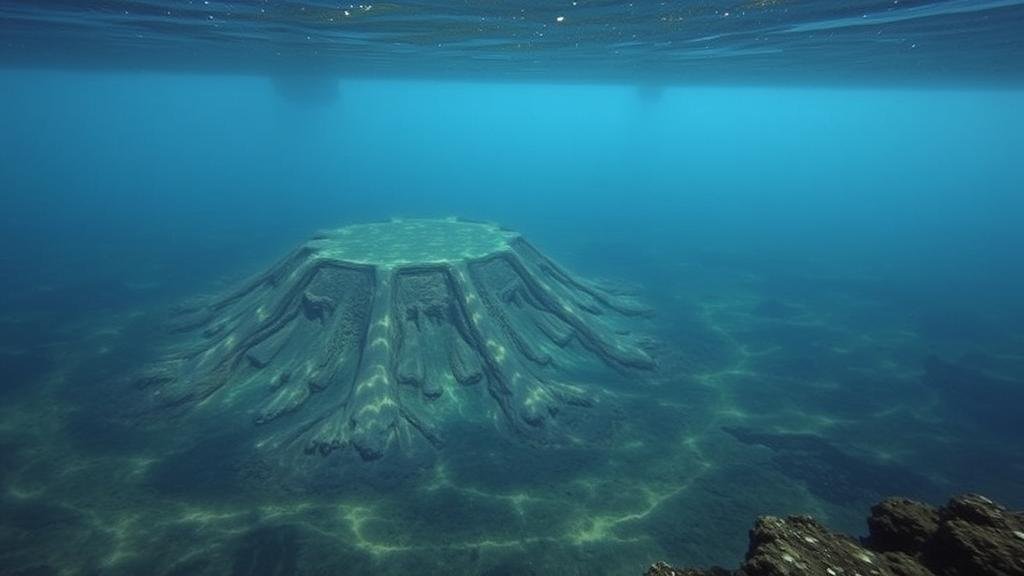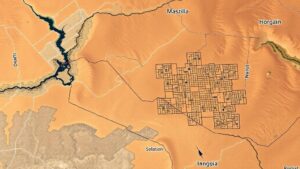Exploring undersea volcanic structures rumored to be remnants of Atlantis.
Exploring Undersea Volcanic Structures Rumored to be Remnants of Atlantis
The legend of Atlantis has captivated imaginations since the time of Plato, who first described the sophisticated civilization around 360 BCE. According to the accounts, this utopian society met its demise due to a catastrophic event. Several theories have emerged regarding its location, with one of the most intriguing being the hypothesis that Atlantis lies submerged beneath the ocean, in the form of ancient volcanic structures. This article delves into the exploration of these undersea formations, their geological significance, and their links to the legendary lost continent.
The Origins of the Atlantis Legend
Platos dialogues, Timaeus and Critias, serve as the primary source for tales of Atlantis. He describes it as a powerful island nation located beyond the Pillars of Hercules, likely modern-day Strait of Gibraltar. According to him, it was characterized by advanced architecture and a formidable navy, eventually succumbing to a cataclysmic disaster. While many consider this account to be fictional, researchers have undertaken serious investigations into locations that may correlate with Platos descriptions.
The Undersea Volcanic Structures: An Overview
Undersea volcanic formations, also referred to as seamounts, are mountains that rise from the ocean floor, submerged completely or partially beneath seawater. These geological features can be crucial indicators of tectonic activity, thermal vents, and ancient land masses. Some notable locations where these features may potentially relate to the Atlantis legend include:
- The Azores Plateau
- The Canary Islands
- The Lost City of Atlantis seamount, located near the Bimini Road in the Bahamas
Researchers are particularly interested in the Bimini Road, a submerged limestone formation that some believe could be remnants of an ancient civilization. The structures consist of linear formations and large blocks resembling man-made pathways, which leads to assertions that they were once part of Atlantis.
Scientific Investigations and Techniques
To explore these undersea structures, scientists utilize advanced techniques such as sonar mapping, remotely operated vehicles (ROVs), and submersibles. In 2012, for instance, scientists from the Ocean Exploration Trust conducted sonar mapping expeditions around the Bimini area. They employed multibeam sonar technology to create detailed topographical maps of the ocean floor, revealing interesting formations that some researchers argue might be man-made ruins.
Geological Significance
The geological aspects of undersea volcanic structures provide context for understanding their formation. For example, the tectonic movements in the Atlantic Ocean basin during the Jurassic and Cretaceous periods caused significant geological activity, leading to the creation of seamounts. Understanding these formations helps hydrologists and geologists not only in assessing possible human interactions with ancient structures but also in predicting future volcanic activity, thereby meeting safety standards for coastal communities.
Current Research and Findings
Despite ongoing exploration, no definitive evidence supports the existence of Atlantis as an actual, historically validated location. Instead, research has led to the discovery of intriguing geological formations and other prehistoric maritime activity, such as:
- Evidence of ancient coral reefs suggesting past land connection.
- Artifacts recovered from various undersea archaeological sites.
In 2020, a study published in the journal Nature presented findings that mapped extensive coral ecosystems in areas thought to be volcanic. This discovery raised questions about how civilization could have thrived in such environments and whether beings living in these regions could be tied to the Atlantis narrative.
Real-World Applications of Undersea Exploration
Understanding undersea volcanic structures extends beyond the legend of Atlantis; it has real-world applications in climate science, marine biology, and geological hazard assessment. For example:
- Studying these formations helps assess the impacts of climate change on marine ecosystems.
- Investigating volcanic activity enhances models predicting natural disasters along coastlines.
Conclusion: The Blend of Myth and Science
The quest to verify Atlantis through exploration of undersea volcanic structures reflects humanitys enduring interest in myths and undiscovered history. While studies have yet to uncover a genuine link between these formations and the fabled city, they continue to provide a rich tapestry of geological and archaeological insights. As technology advances, the ongoing exploration of these submerged structures could illuminate not only the depths of our oceans but also the depths of human imagination.
Key takeaways from this exploration include the recognition that while legends may not hold concrete truth, they can inspire scientific inquiry that expands our understanding of Earth’s history and its geological wonders.



